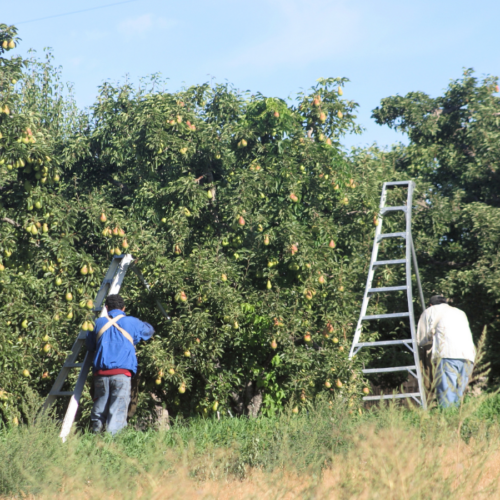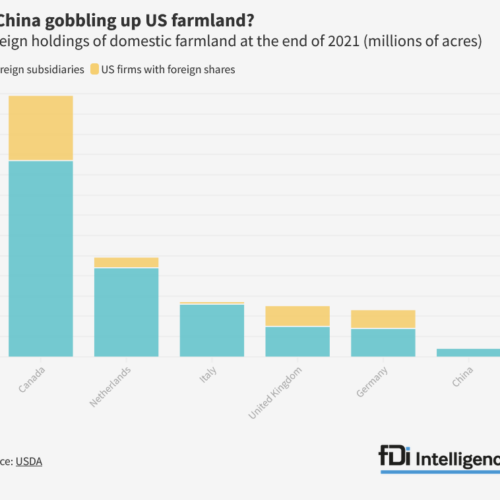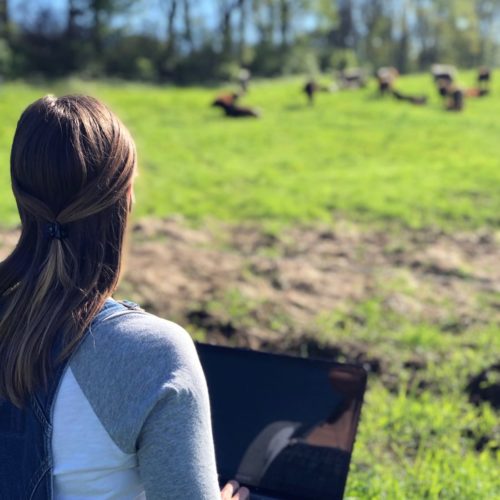Dairy Safety Net Discussions

Margin Protection Program fixes, or a Replacement Program?
Morning Ag Clips on January 25 contained an article that started with a quote from the National Milk Producers Federation (NMPF). “NMPF President states current Farm Bill’s dairy Margin Protection Program (MPP) is inadequate”. The article goes on to say that the USDA has recently published its principles for the Farm Bill. The document from Secretary Perdue starts with improving safety nets. Fixing MPP is also a priority for the National Milk Producers (NMPF). The article additionally says that NMPF indicates that it is time for legislative changes to MPP, and that making the program reliable is vital to encouraging participation. The Morning Ag Clip ends with “Margins are poor and it is time to rectify the situation”.
In May of 2016, Agri-Pulse published an article that began with a quote from Colin Peterson, Ranking Member on the US House Agriculture Committee. “The biggest problem with MPP is that farmers are not signing up for it”. When dairy farmers did sign up, they paid premiums of $73 million, and, in the first downturn of milk prices, had payouts totaling $750,000 nationwide. Now Peterson is talking with the dairy industry to find changes to the program to make it work and to encourage producers to sign up again. Peterson has said, “The program is not a complete failure…Farmers need to understand that it is for the worst of times.” The Congressman admits that MPP is not as attractive as it needs to be. When the last Farm Bill was negotiated and voted on, the calculation for average feed cost was trimmed by 10% to save money, making the margins seem better than they really were. The reality was that fewer farmers qualified for payments under the program. The latest figures indicate that 24,748 dairy farmers are signed up for MPP, but only 261 are signed up at the highest level. Farmers are once again experiencing low milk prices and no safety net benefit. Colin Peterson has also been thinking about moving the program from FSA to Risk Management Agency (RMA). Agri-Pulse ends its article with “MPP is not adequate”.
W. ‘Bill’ Herndon, PhD, Professor of Agriculture Economics at Mississippi State and past President of Southern Agriculture Economics Association, wrote an article in the January 25 issue of Hoard’s Dairyman entitled ‘Farm Bill Could Have Multiple Safety Nets’. Dr. Herndon predicts that the all milk price in 2018 will be $1:00 to $1:50 below the average 2017 price. The Professor goes on to say, “Given the glum market outlook, there is an urgent need for an effective program in the next Farm Bill that adds financial and economic stability for milk producers and related businesses that are so important to many small rural communities”. The last Farm Bill replaced Dairy Product Support Price (PSP) and Milk Income Loss Contract (MILC) with the new MPP.
Professor Herndon tells us that there are several possible fixes to MPP:
- Lower the premiums
- Change milk margin calculations
- Procedural changes
There is concern, however, that farmers may not accept these changes, as the whole program left a bad taste in their mouths.
Dr. Herndon says that small dairy farms are asking to have a return of the 2002 version of MILC, or, as it was known then, Price Loss Coverage (PLC). It was not insurance, had no cost, and only small farms benefited with counter cyclical payments. Professor Herndon suggests that this may be an option for small dairy farms. It could be based on Class I price, the All Milk price or Class III price. It could pay out the difference between the current price and 100%, 45% or 34% of the trigger price. The 34% trigger is the level at which the MILC paid out. It is estimated it could cover between 2 million and 5 million pounds of milk per year. Lawmakers would have to find a balance between making it effective for the producers and the cost to the US Treasury.
Dairy farmers could opt for MPP or PLC, but the option would last for the life of the Farm Bill. PLC would be simple to understand and easy to implement. So that small farms would have skin in the game, farmers would be charged a fee of perhaps $200 or $400 per year to join PLC. MPP will work better for the bigger dairy producers. Dr. Herndon believes that PLC is needed to ensure the survival of small dairy farms and local milk supply. He argues that row farmers have choices of safety nets, and therefore dairy farmers should, too. He states that a choice between MPP and PLC is gaining support among dairy farmers and politicians alike.
Until the Farm Bill is completed, agreed to by both Houses of Congress and signed by the President, conversations about safety nets for dairy producers is just that, a discussion. One only hopes that the Congressional policy makers do the right things to save our small northeast dairy farms.
We will keep you updated on the status of the Farm Bill negotiations as they become public.





